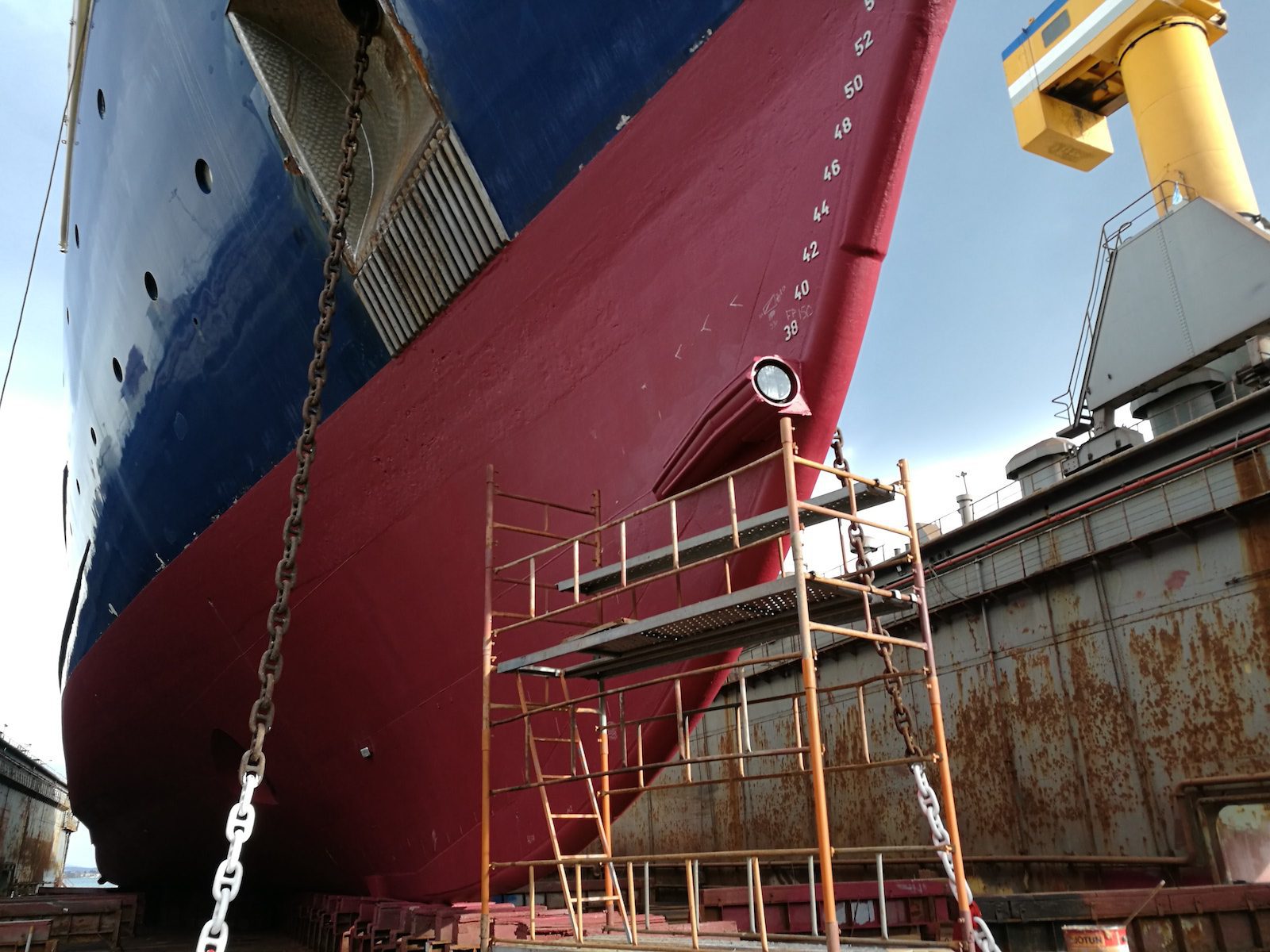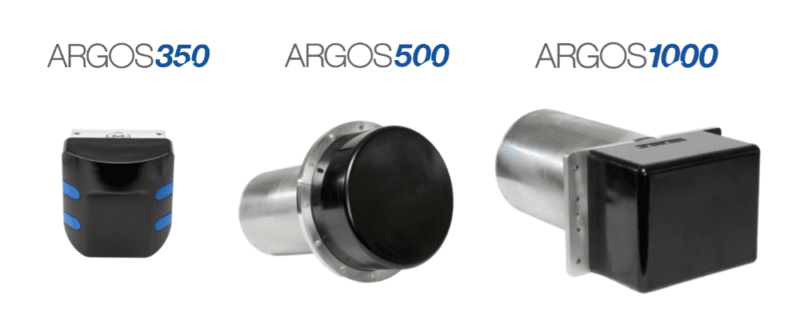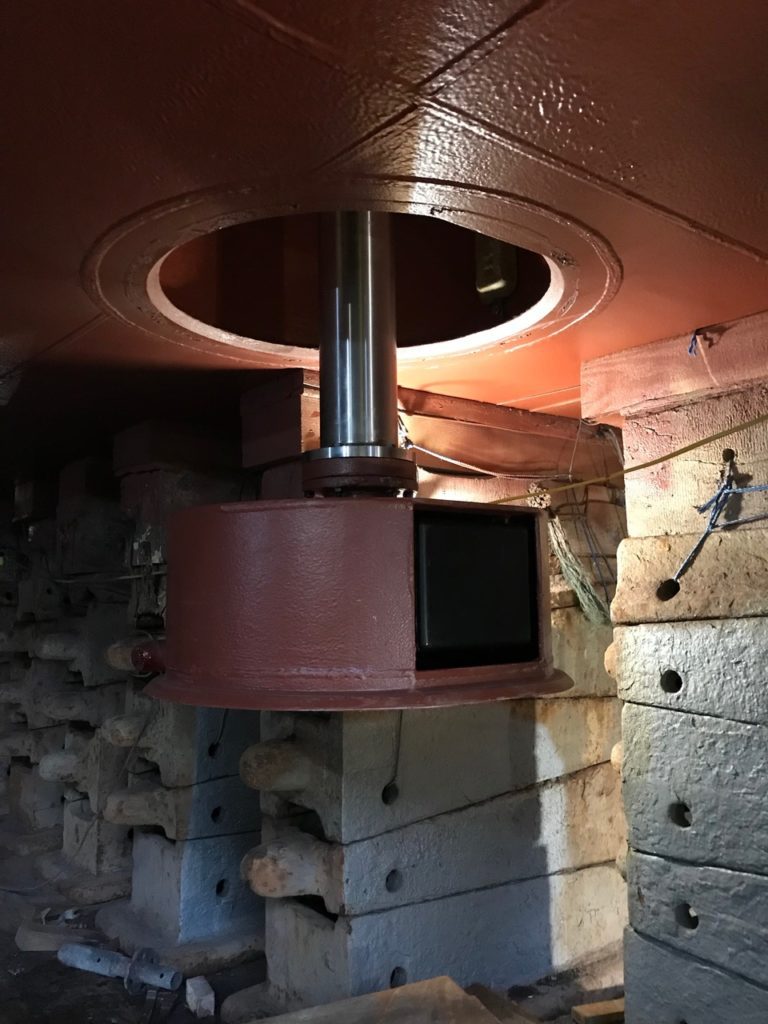Aging Offshore Platforms Are Operating on Borrowed Time
U.S. offshore oil and gas exploration began more than 100 years ago with the construction of a 300-foot pier mounted with a standard cable-tool rig off the coast of California...

Is it easy to add an Argos Forward Looking Sonar to my Refit?
Refitting your vessel with an Argos Forward Looking Sonar is relatively straight forward. Approximately 50% of Argos customer installations are refitted to older hulls. Even some of the New Builds installing these sonars have approached integration of our systems as a “refit” when our products have been added to the ship’s specifications late in the build process.
When beginning to consider an Argos 3-dimensional forward-looking navigation sonar, the installation design process has been made easy to understand with our Installation Design Guide and Drawing Packages. Here are some answers to your installation questions.
What installation options are possible?
Argos Transducer Modules can be incorporated into a number of different hull shapes from v-bottom to bulbous bows and even hoist options are available. Whether your project has a bulbous bow, a narrow stem, a sailing yacht or an ice breaker, there are installation methods appropriate for your project.
All FarSounder drawing review services are gratis. They will make sure the installation design is suitable from an acoustics point of view. This also allows for checking for any simple placement issues that might not be obvious to designers working with forward looking sonar for the first time.
Every refit is slightly different. However, whether you’re integrating an Argos sonar into a composite, steel, or aluminum hull, the process is similar. Due to the slight variations in design however, it is simpler to offer review services and assistance rather than offering a standard fairing tube. The fairings are typically mechanically simple making it generally much less expensive to fabricate at the shipyard. Furthermore, since the design is so simple, and all the major underwriters including Lloyds, DNV, and ABS are familiar with our systems, customer drawings can easily be reviewed by the ship’s underwriter in very little time.

What is the installation design process?
FarSounder’s Argos Navigation Sonars consist of a Transducer Module, a Power Module and SonaSoft™ software. The Transducer Module is generally mounted in a fixed installation fairing while the Power Module is a “black box” mounted somewhere dry out of the way inside the hull.
A simple fairing design has been developed by FarSounder and is adaptable to all types of hulls. The fairing is essentially a tube with an internal mounting flange integrated to the hull. The tube can be integrated internally or kept completely external with only a single cable penetration through the hull. Once the fairing is installed, the Transducer Module itself can be removed and reinstalled underwater by a diver through the use of an underwater wet-mateable connector.
FarSounder’s engineering department has developed a detailed Installation Design Guide and Drawing Packages to assist customers, shipyards, and naval architects. One thing to know as a general rule is Argos navigation sonars should be installed as far forward and as far deep as possible. The deeper the sonar is installed, the better it will perform in higher sea states. It is recommended that the Transducer Module be installed at least 1 meter (~3 feet) below the water’s surface.
The faring can be located:
Depending upon the hull shape, the rake of the stem, and if the hull has a bulbous bow will determine the optimal location for the unit. There is an Installation Gallery with a variety of pictures of Argos sonars installed on a number of different hull types. Can you guess which ones are refit and which ones are new builds? You might be surprised by the answers.
The technical team at FarSounder is happy to be as involved with this process as the customer would like. FarSounder offers complimentary installation design review and recommends that all customers take advantage of this service before any hull modifications are made. Generally, after reviewing FarSounder installation documents, the customer (or customer’s naval architect, shipyard, or integrator) will send a draft of the installation based on the design guide and drawing package. FarSounder’s Engineering Team will provide suggestions for any optimizations. In all cases however, FarSounder requests a copy of the “final” design be forwarded for review prior to fabrication.

Does the sonar impact performance?
One looming question often asked is: What is the impact on hull performance from adding this fairing? Argos sonars look large when compared with an echosounder, but it is actually relatively small when compared to the size of the vessels on which they are installed. Though there may be a large perceived impact to the vessel’s hydrodynamics, in actuality, it is quite small and not an issue in practice. There have been no reports of vessel performance changes from before to after installation. In fact, hull finishes can have a much bigger impact on the vessel drag coefficient than an Argos sonar.
How do I add an Argos sonar to my ship?
Once you’ve decided to add an Argos sonar to your ship, the next step is simple. Contact a FarSounder Certified Dealer. They will handle everything from the installation and integration, to the commissioning of the equipment. In addition, they will often work directly with your naval architect and shipyard to make sure that the fairing design process runs smoothly. They are fully trained and understand the systems to assist you from initial questions to post installation service. Also, as always you can contact FarSounder directly for installation design guide and drawing packages.
For more information visit www.farsounder.com or email [email protected].

Sign up for gCaptain’s newsletter and never miss an update

Subscribe to gCaptain Daily and stay informed with the latest global maritime and offshore news


Stay informed with the latest maritime and offshore news, delivered daily straight to your inbox
Essential news coupled with the finest maritime content sourced from across the globe.
Sign Up